Prince Maximilian Alexander Philipp of Wied-Neuwied, a German nobleman and largely self-taught naturalist, used his family’s capital to lead an expedition to Brazil in 1815. In the early 1830s, Maximilian decided to go to North America to carry out a similar trip, with the hope of observing Native American life and comparing it to the study he had made of indigenous people in Brazil.
Swiss artist Karl Bodmer, then only 24 years old, accompanied Maximilian on his journey. The two traveled on a boat owned by the American Fur Company, visiting sites along the upper Missouri River in a 13-month sojourn. (Bodmer illustrated a map depicting the expedition’s route, which is a thing of beauty in its own right.)
Maximilian and Bodmer met people from Plains Indians tribes including the Mandan, Minitaree (Hidatsa), Blackfeet, Dakota Sioux, and Cree. “Maximilian’s visit to the upper Missouri came at a time when the fur trade was altering the social, political, and cultural characteristics of the Northern Plains tribes, and he recorded many of these changes, even though he was not always aware of their significance,” writes geographer Michael G. Noll.
Maximilian published his expedition report as a two-volume book, Travels in the Interior of North America, in 1839–41. Bodmer contributed 81 engravings for the accompanying atlas. The work was republished in German, French, and English.
The Mandan tribe, whose daily life was the subject for a large number of Bodmer’s illustrations, would be reduced by more than 90 percent in the smallpox epidemics of 1837–8, before this book was published.
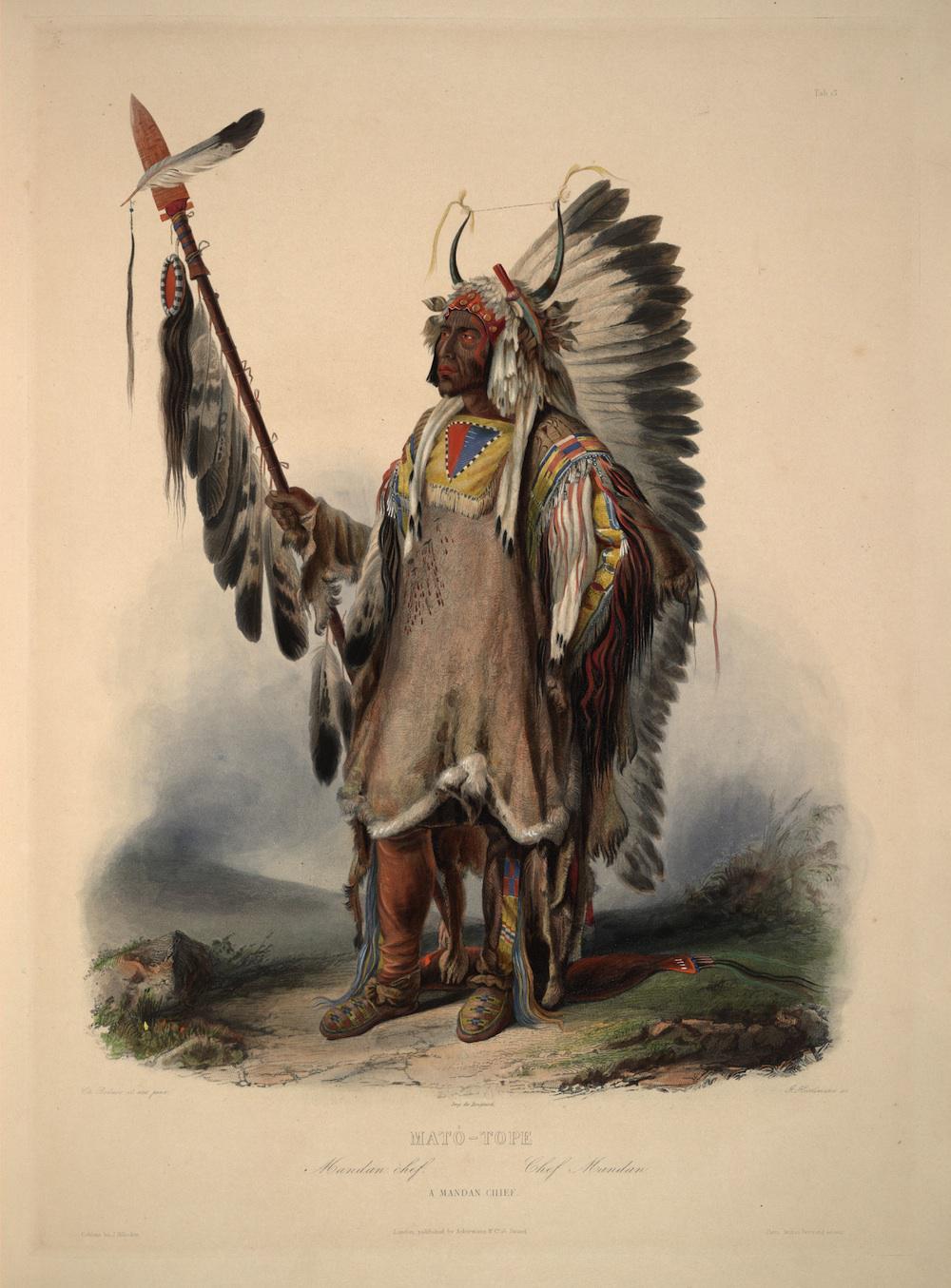
Library of Congress/Wikimedia Commons
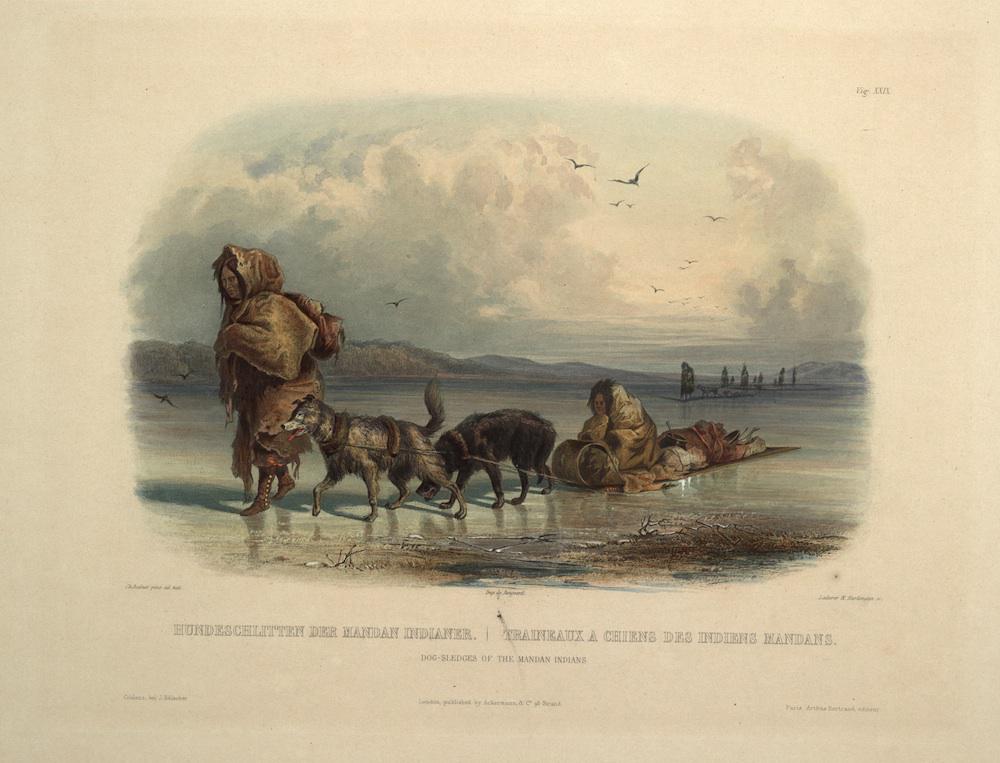
Library of Congress/Wikimedia Commons
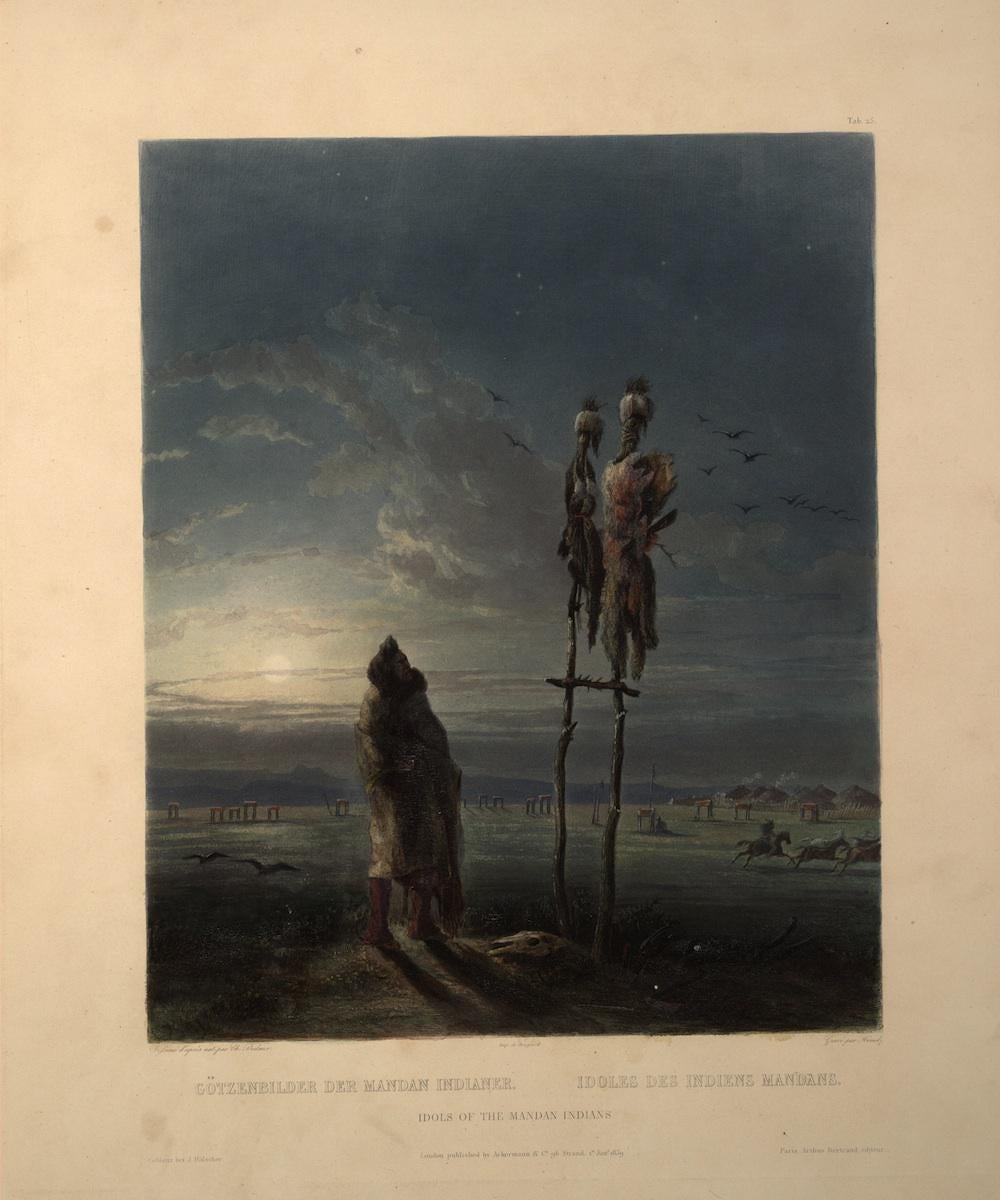
Library of Congress/Wikimedia Commons
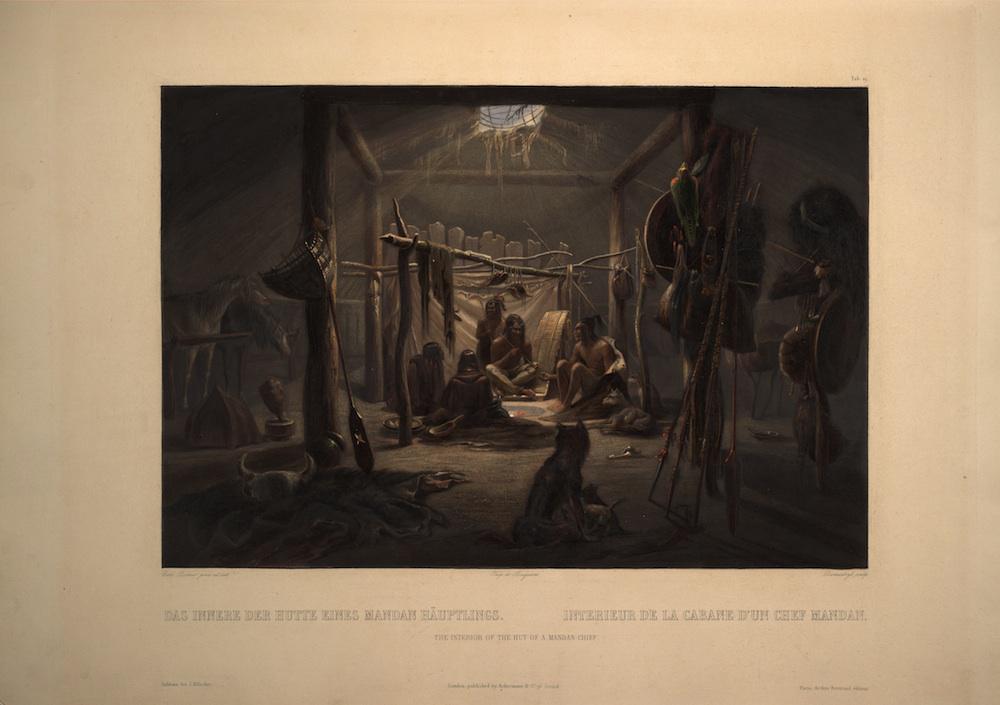
Library of Congress/Wikimedia Commons
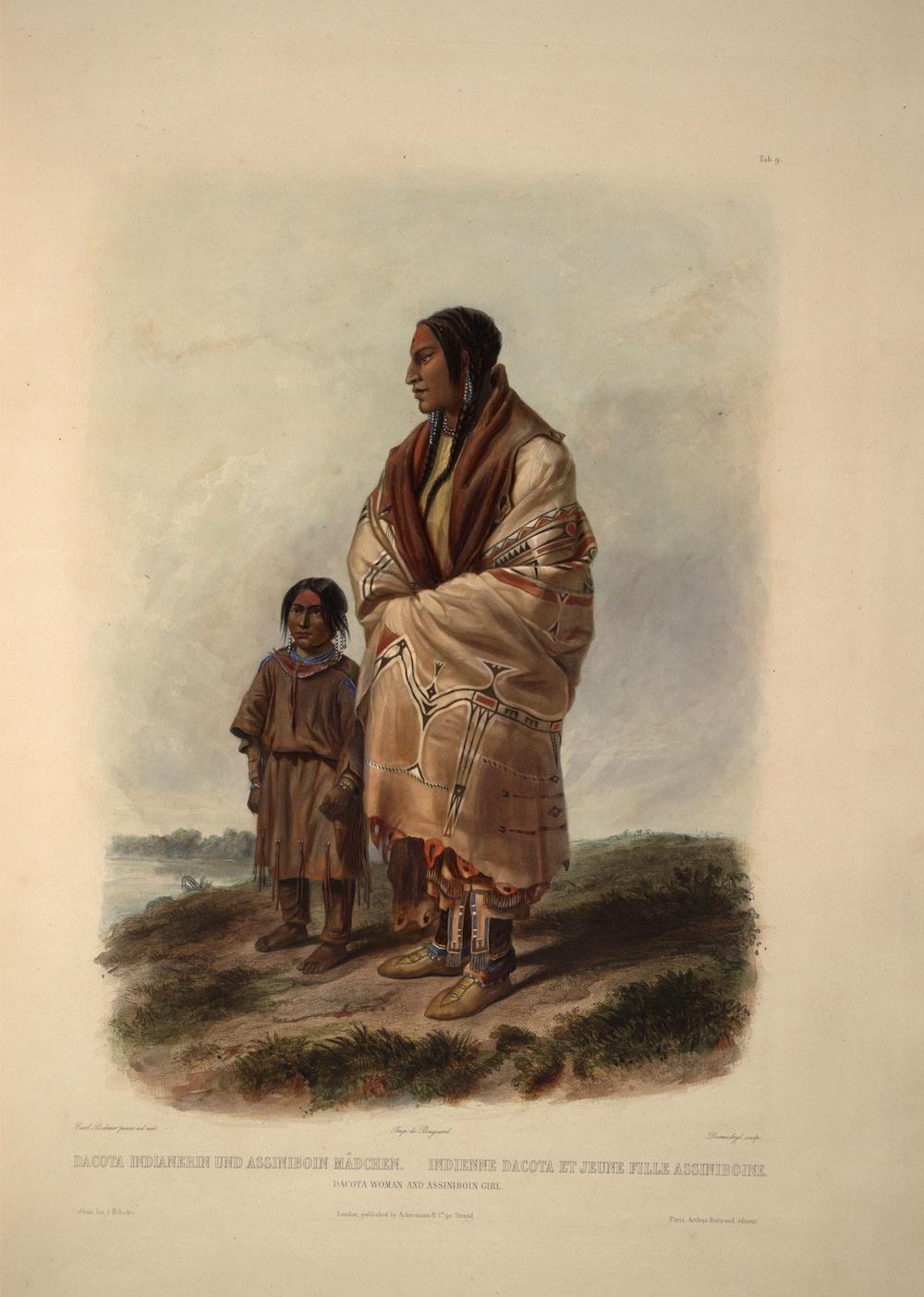
Library of Congress/Wikimedia Commons
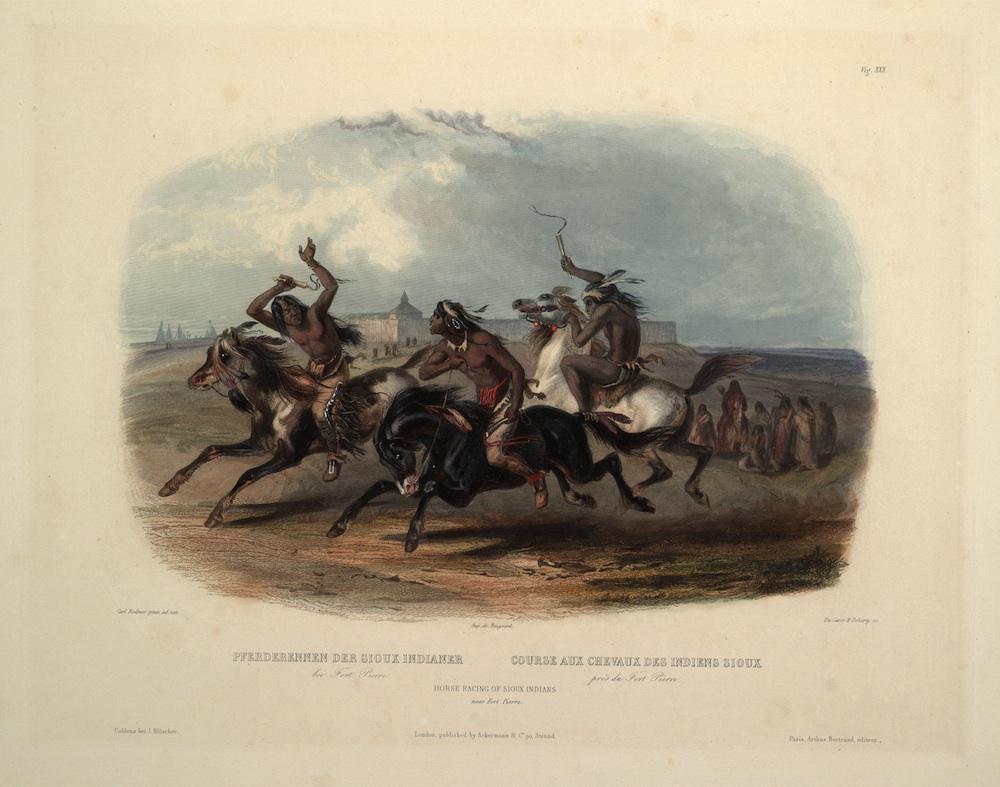
Library of Congress/Wikimedia Commons
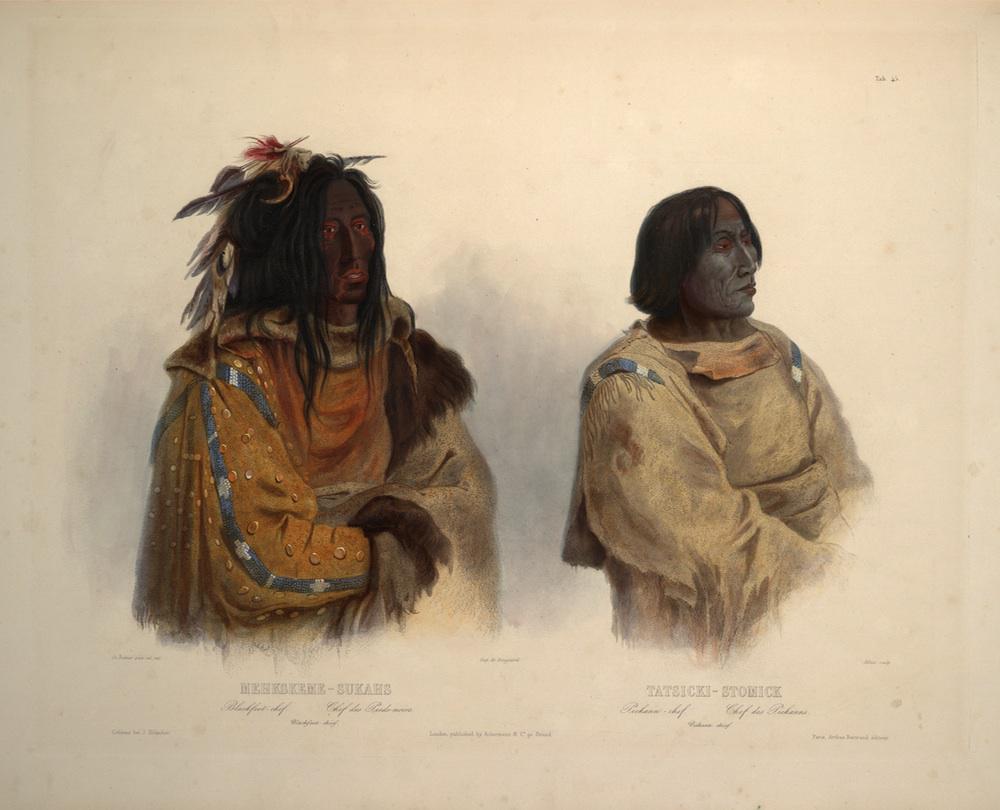
Library of Congress/Wikimedia Commons
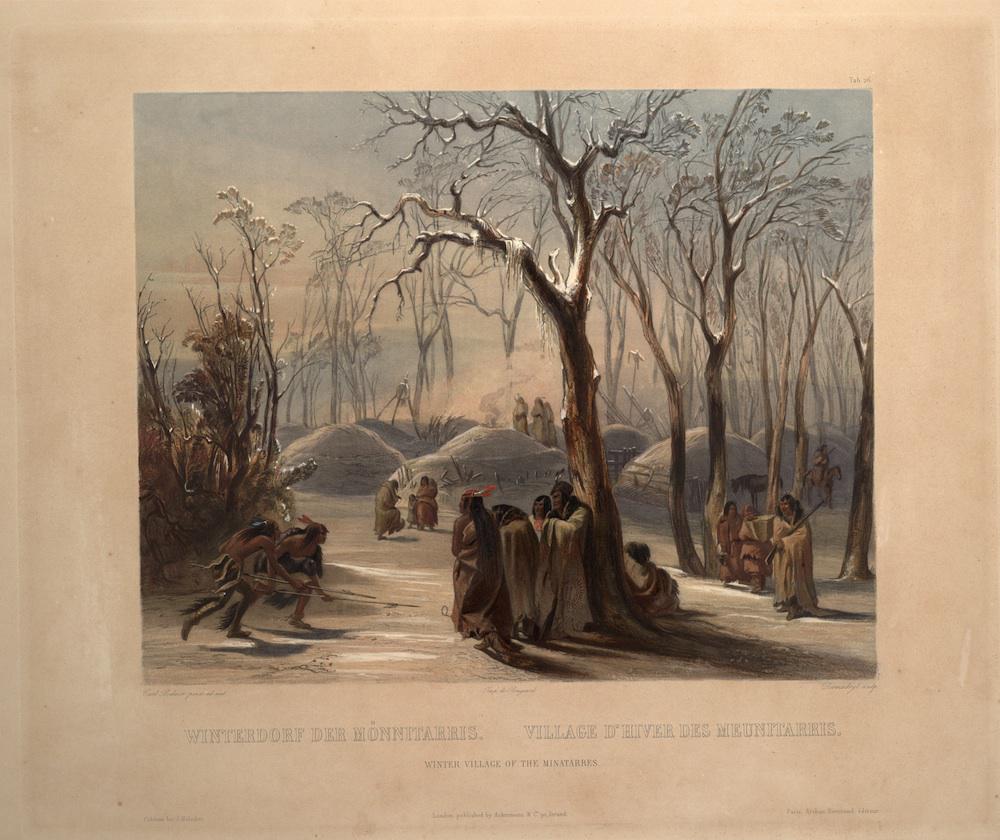
Library of Congress/Wikimedia Commons

Library of Congress/Wikimedia Commons